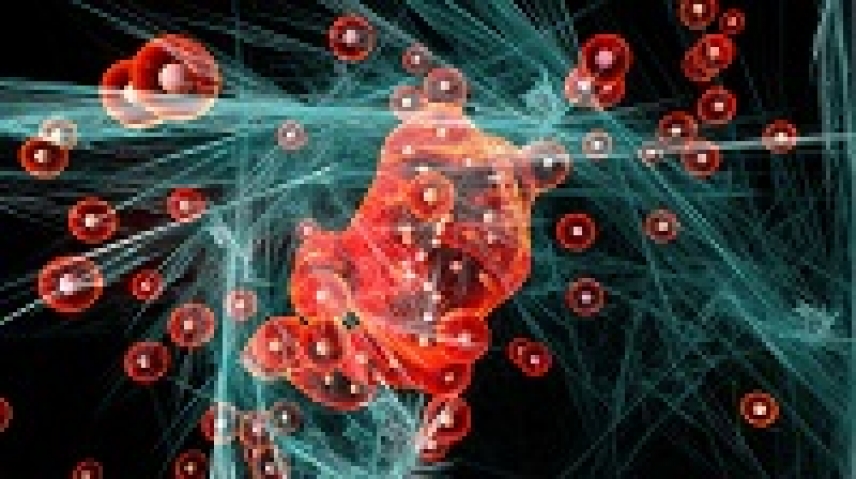 According to a study published in the leading journal Science, Rafael Luque – a research scientist at the University of Córdoba Department of Inorganic Chemistry – and other members of an international team comprising scientists from the South China University of Technologyand the KAUST institution in Saudi Arabia, have succeeded in developing a novel porous material with new characteristics and properties which will ensure improve performance in a range of applications.
According to a study published in the leading journal Science, Rafael Luque – a research scientist at the University of Córdoba Department of Inorganic Chemistry – and other members of an international team comprising scientists from the South China University of Technologyand the KAUST institution in Saudi Arabia, have succeeded in developing a novel porous material with new characteristics and properties which will ensure improve performance in a range of applications.
The new material is a single crystal, whose continuous crystalline structure ensures greater purity. At the same time, its porosity can be controlled; its structure, comprising micropores smaller than two nanometres, can be enhanced by the incorporation of macropores, i.e. pores greater than 50 nanometres.
As Rafael Luque notes, “This means that larger molecules can be comfortably fitted into the macropores for subsequent conversion or transformation”. Moreover, the procedure employed for generating controlled porosity uses polystyrene beads, “an agent which is economical and readily-available”.
This research could mark a turning point in various scientific fields. As Luque stresses, “We have succeeded in developing, for the first time, a single-crystal material with controlled porosity; these dual properties make materials like this uniquely valuable for a range of applications in the fields of catalysis and adsorption”.
These findings may, for example, make catalysis – the acceleration of a chemical reaction – faster, more effective, and more sensitive to varying sizes and shapes of molecule. The new material may also have key applications for gas (CO2)adsorption and electronic conductivity.
Reference:
K. Shen, L. Zhang, X. Chen, L. Liu, D. Zhang, Y. Han, J. Chen. J. Long, R. Luque, Y. Li, B. Chen. Ordered macro-microporous metal-organic framework single crystals. Science 2018,DOI: 10.1126/science.aao3403.


